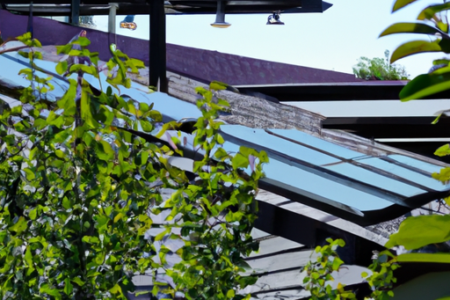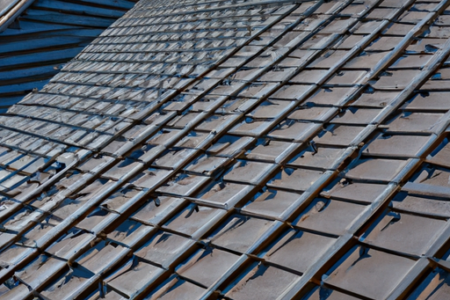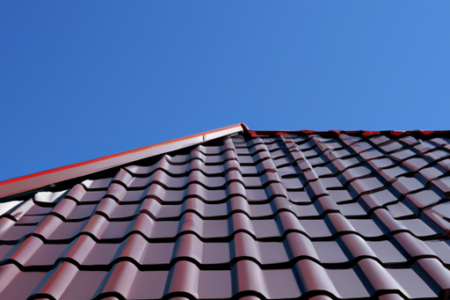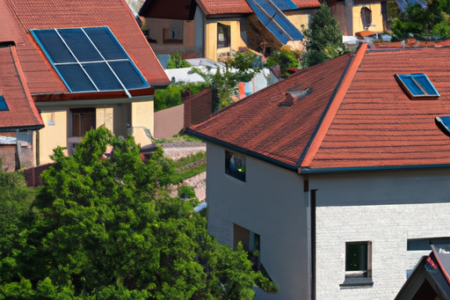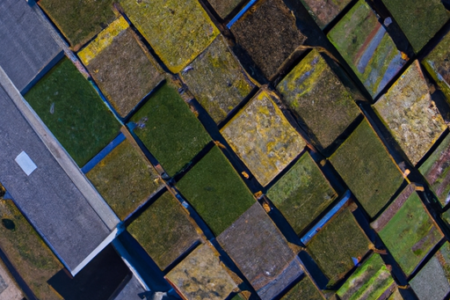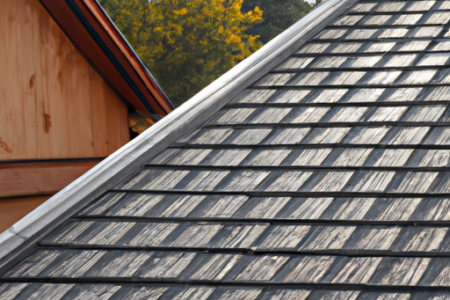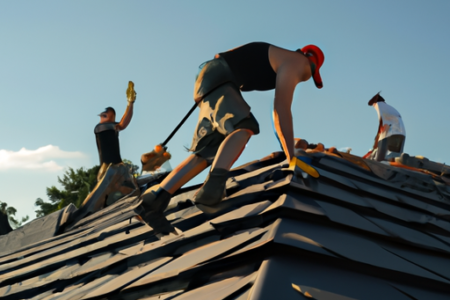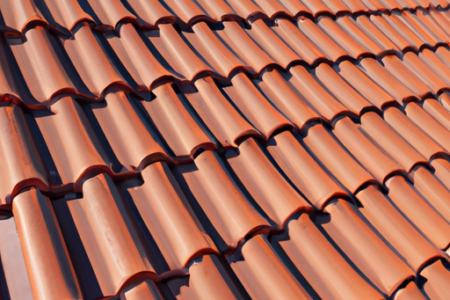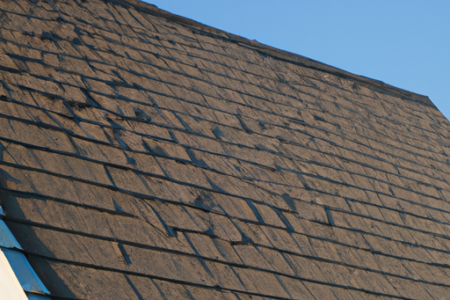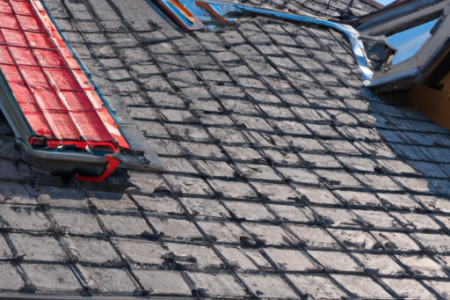Design is a crucial aspect of roof construction, as it determines the functionality and beauty of the end result. The choice of materials, such as asphalt shingles, metal roofing, or clay tiles, must align with the specific requirements of the structure. The pitch or slope of the roof affects both its appearance and functionality, with different pitches being suitable for different climates. The overall form and shape of the roof should complement the building’s architectural style. Proper ventilation and insulation are also essential for maintaining temperature and moisture levels. Finally, professional expertise and collaboration play a vital role in achieving a well-designed roof. In conclusion, a well-designed roof not only enhances the overall aesthetics of a building but also ensures structural integrity and energy efficiency.
